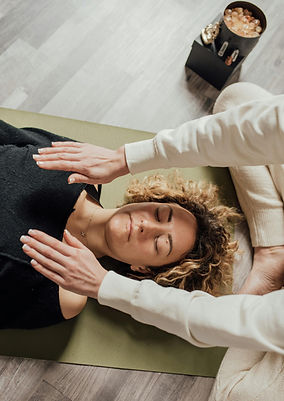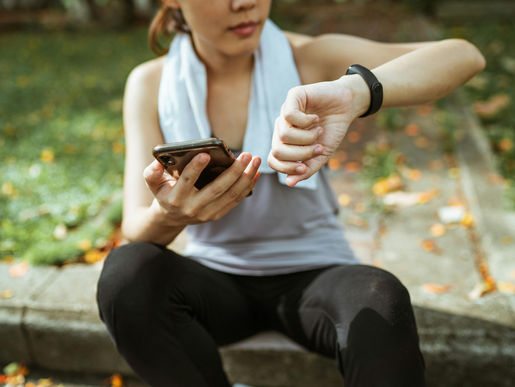Resources
Frequently Asked Questions
Healing Tools

Our Healing Tools Library was created to offer practical resources that can support your mind, body, and spirit. Each tool is designed to meet you where you are, helping you take steps toward greater balance, relaxation, and well-being. Whether you're exploring energy work, such as Reiki, or calming your nervous system through breathwork and visualization, or learning new ways to care for yourself and your loved ones, these tools serve as a gentle guide along your journey.
They are not meant to replace professional care but to complement it, empowering you with everyday practices you can use to bring more peace, clarity, and vitality into your life. Healing is not about perfection—it's about progress, and every small step counts. To access our healing tools, join our members-only area today and take the next step in your wellness journey.

















